 Like any other day in my Precalculus class, we began by reviewing the homework. “Are there any questions regarding Section 2.2?” A lone hand trembled as it raised itself into the air in a deadly silent classroom. The student who had raised the hand quietly asked, “Could you go over Problem 34?” Sitting next to the student who had asked the question, I breathed a sigh of relief. Thank goodness; I didn’t have to ask that question anymore.
Like any other day in my Precalculus class, we began by reviewing the homework. “Are there any questions regarding Section 2.2?” A lone hand trembled as it raised itself into the air in a deadly silent classroom. The student who had raised the hand quietly asked, “Could you go over Problem 34?” Sitting next to the student who had asked the question, I breathed a sigh of relief. Thank goodness; I didn’t have to ask that question anymore.
As a student, I’ve always found that I fear asking questions during class. I fear asking a “stupid” question. Ironically, I fear being looked down upon for asking a question that could benefit my learning experience. Being a “silent” student, I find that the current school classroom fails to address my fear, but luckily, the flipped classroom does.
In a nutshell, flipped classrooms are classrooms in which students watch videos and receive instruction lectures at home and do homework at school.
For students, one important aspect of the flipped classroom is its profound attention to students, particularly the “silent” students. Currently, some students fear asking “stupid” questions or answering problems incorrectly and thus resolve to maintain silence in the classroom.
The flipped classroom vanquishes this fear almost immediately. Because the flipped classroom allows students to watch video lectures, those who are uncomfortable with asking questions can watch lectures several times without fear. And if any questions are left unanswered, students have the opportunity to speak one-on-one with a teacher almost every day.
Additionally, the flipped classroom tailors itself to a wide range of student abilities and paces. Presently, when I have questions, it doesn’t matter because we have to move on. On the other hand, when I master the material, the lectures move too slowly. The flipped classroom provides enough flexibility for me to learn at my own pace.
For teachers, the flipped classroom means they no longer have to repeat the same lecture one class period after another. Video lessons provide teachers with more freedom to stray from the monotony and repetitiveness of lecture after lecture after lecture. Were I to become a teacher, I would absolutely abhor having to lecture to one group of students and then find myself at the front of the room, talking to another group of students one hour and 30 minutes later about the same exact topic. The flipped classroom would be my method of escape from this never-ending cycle of repetitiveness.
The flipped classroom also allows teachers to guide students through the process of applying our knowledge to problems. Teachers can take time that had previously been used to lecture students to actually interact with, provide help to and build confidence in struggling students.
In 2010, Clintondale High School, a school located in Clinton Township, Michigan, taught 140 freshman students through the flipped classroom method. In 2011, the entire school began to use flipped classrooms. According to The New York Times, Clintondale High School’s college attendance increased from 63 percent in 2010 to 80 percent in 2012, and the failure rate decreased from approximately 30 percent to below 10 percent. Clearly, Clintondale High School did something to cause such drastic changes — they switched to the flipped classroom. Teachers at CHS should look to Clintondale High School for an example, and hopefully consider using the flipped classroom as a new method to teach students.
The flipped classroom gives students and teachers the flexibility to learn and teach while providing the tools for struggling students to succeed. Therefore, the time has come to adapt to a new change in the way we run our school system: the flipped classroom.
The views in this column do not necessarily reflect the views of the HiLite staff. Reach Cynthia at cyue@hilite.org.










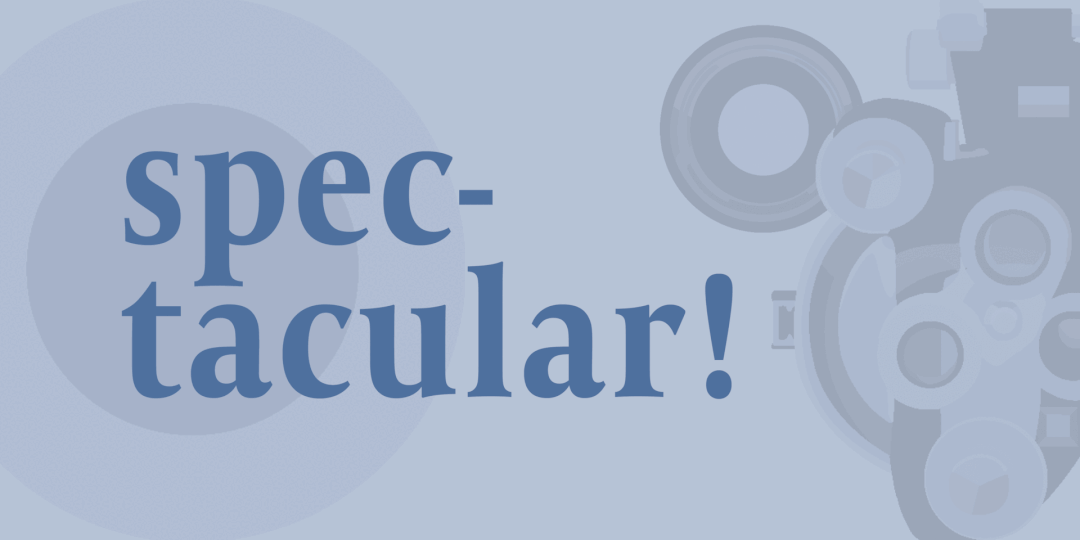





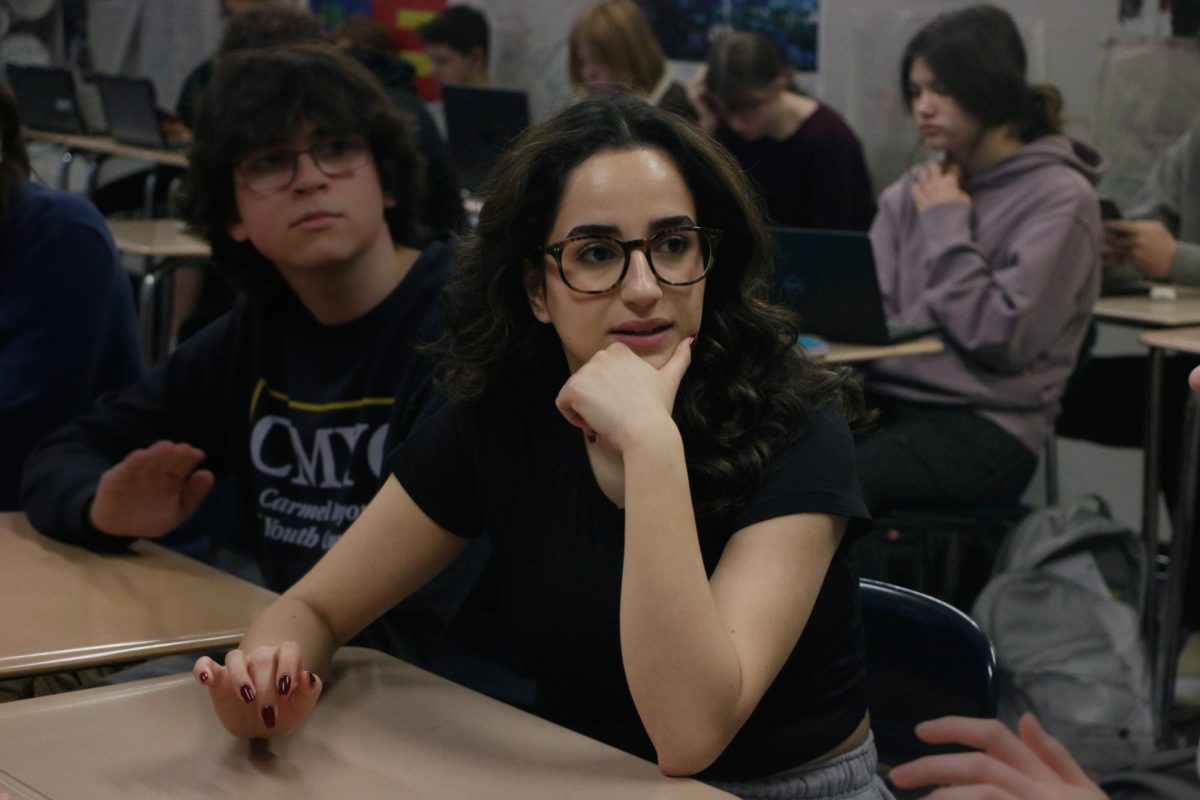
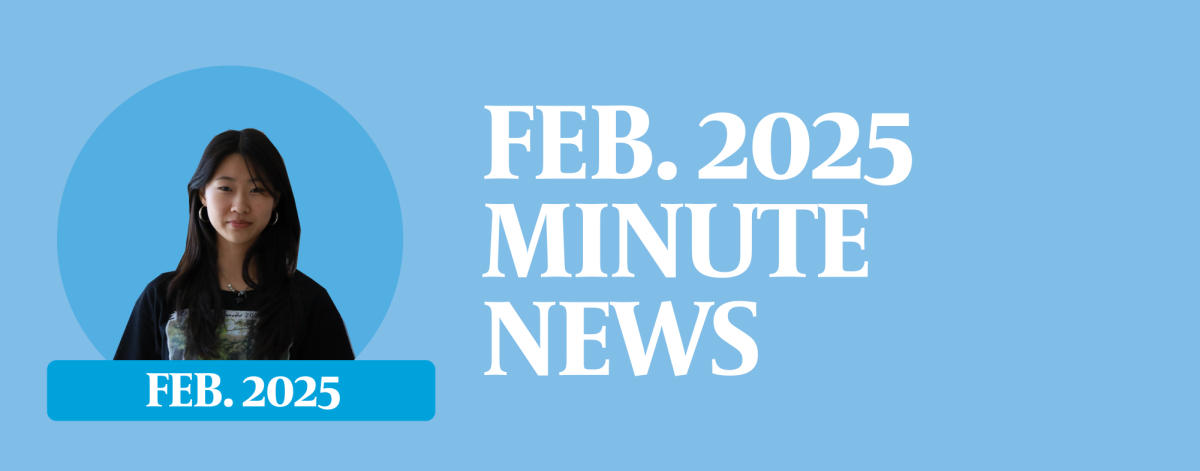
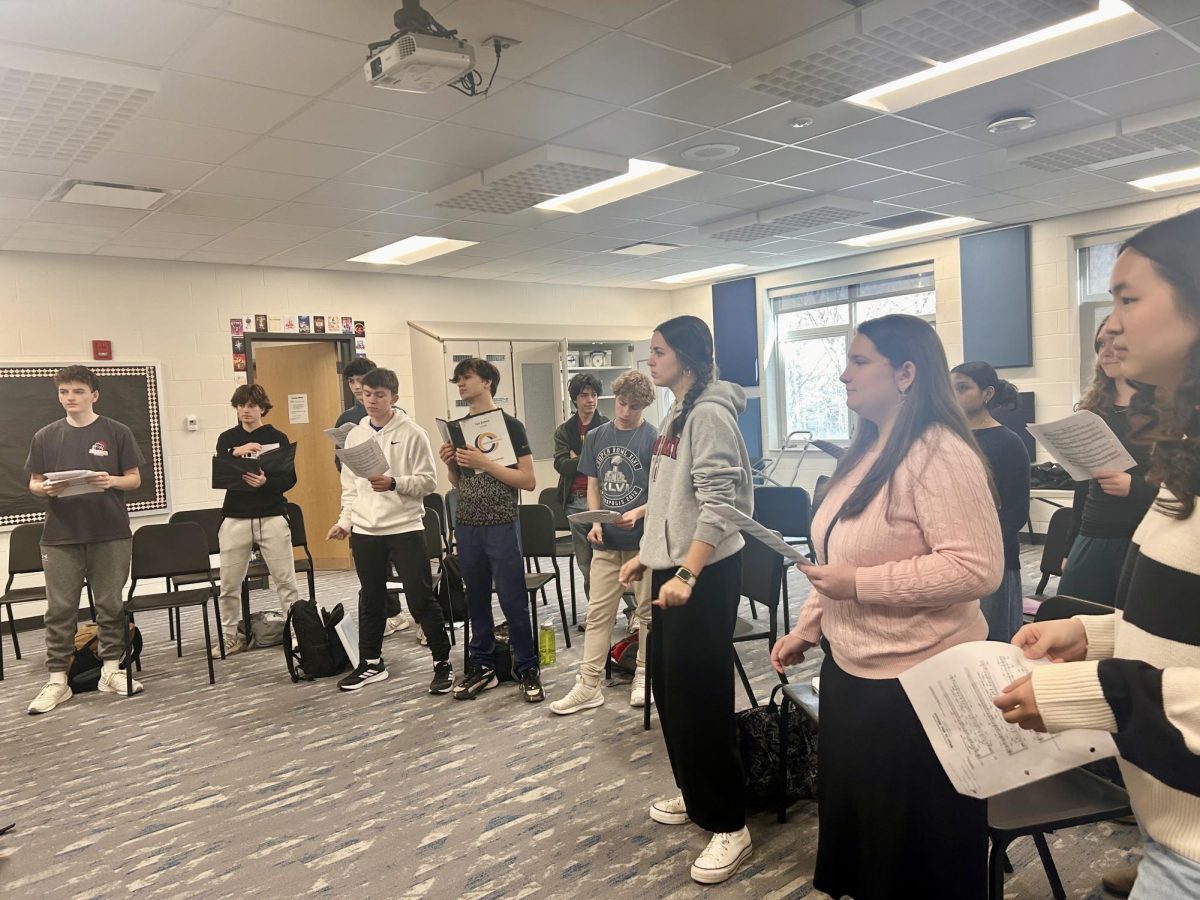

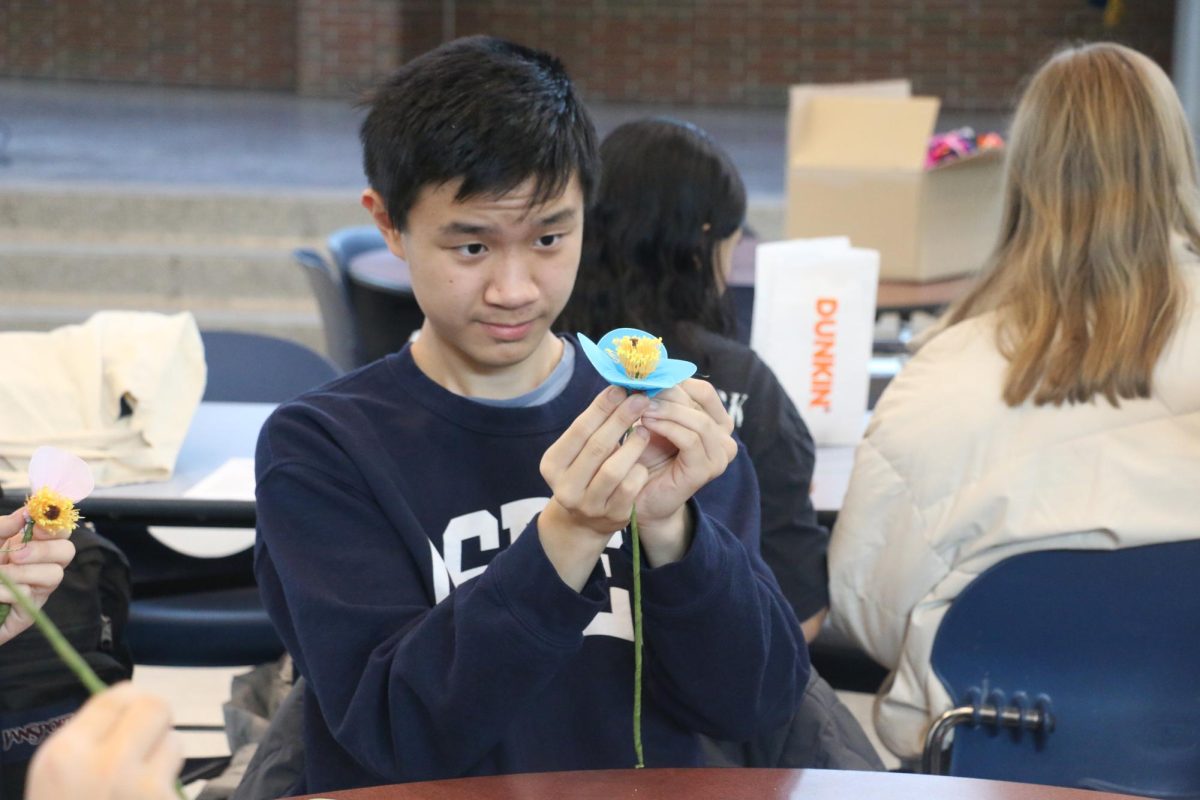



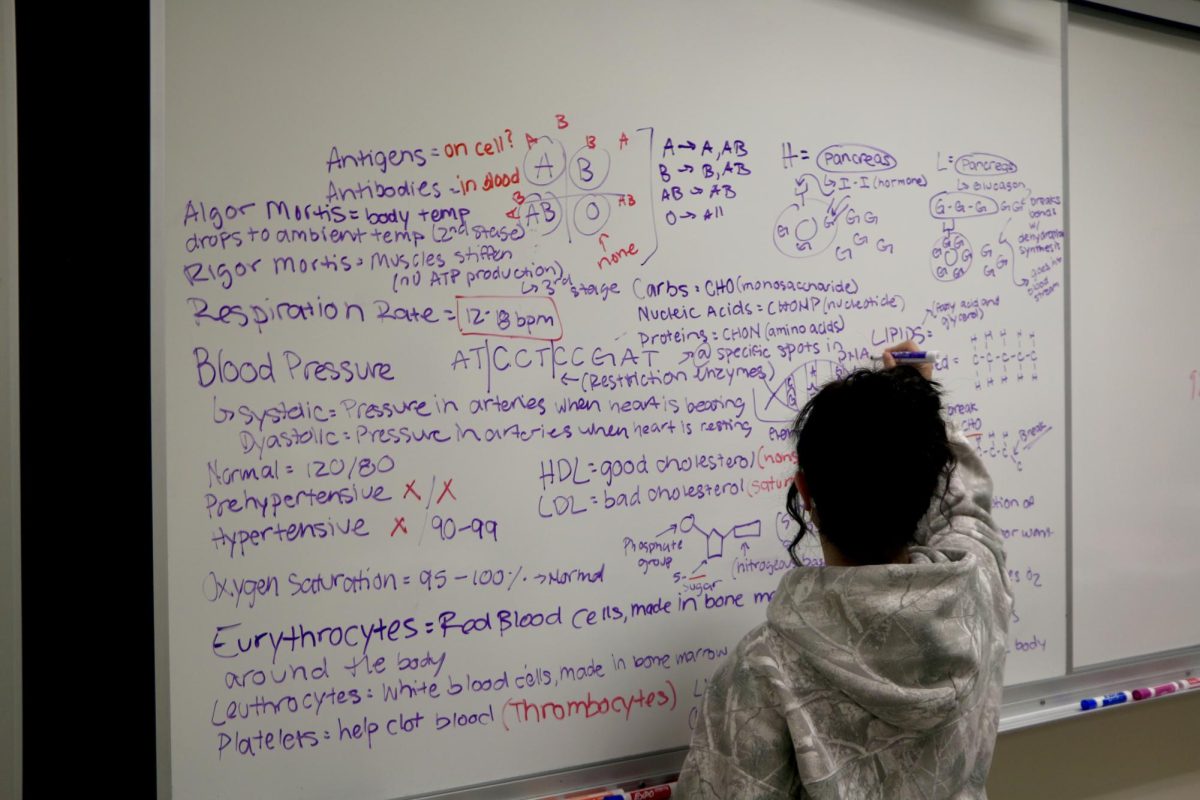
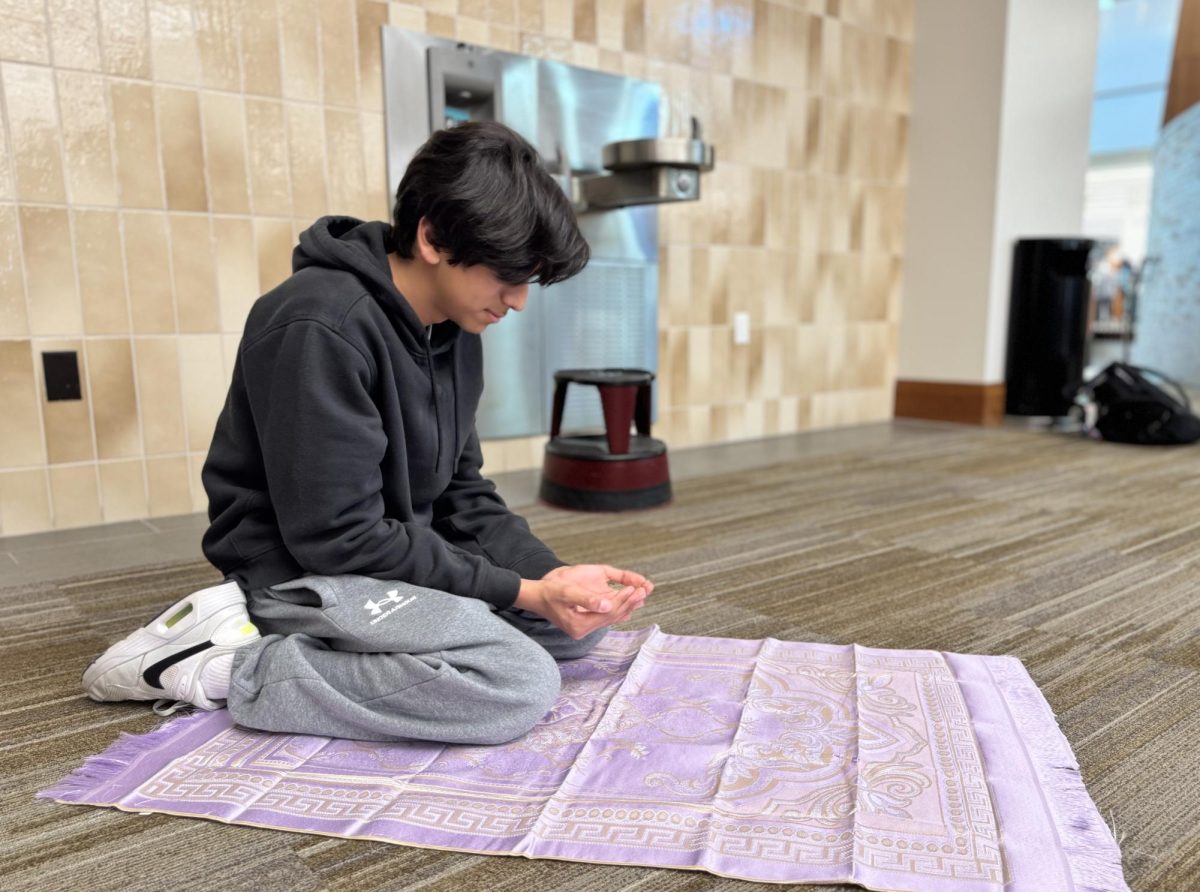





![AI in films like "The Brutalist" is convenient, but shouldn’t take priority [opinion]](https://hilite.org/wp-content/uploads/2025/02/catherine-cover-1200x471.jpg)













































![Review: “The Immortal Soul Salvage Yard:” A criminally underrated poetry collection [MUSE]](https://hilite.org/wp-content/uploads/2025/03/71cju6TvqmL._AC_UF10001000_QL80_.jpg)
![Review: "Dog Man" is Unapologetically Chaotic [MUSE]](https://hilite.org/wp-content/uploads/2025/03/dogman-1200x700.jpg)
![Review: "Ne Zha 2": The WeChat family reunion I didn’t know I needed [MUSE]](https://hilite.org/wp-content/uploads/2025/03/unnamed-4.png)
![Review in Print: Maripaz Villar brings a delightfully unique style to the world of WEBTOON [MUSE]](https://hilite.org/wp-content/uploads/2023/12/maripazcover-1200x960.jpg)
![Review: “The Sword of Kaigen” is a masterpiece [MUSE]](https://hilite.org/wp-content/uploads/2023/11/Screenshot-2023-11-26-201051.png)
![Review: Gateron Oil Kings, great linear switches, okay price [MUSE]](https://hilite.org/wp-content/uploads/2023/11/Screenshot-2023-11-26-200553.png)
![Review: “A Haunting in Venice” is a significant improvement from other Agatha Christie adaptations [MUSE]](https://hilite.org/wp-content/uploads/2023/11/e7ee2938a6d422669771bce6d8088521.jpg)
![Review: A Thanksgiving story from elementary school, still just as interesting [MUSE]](https://hilite.org/wp-content/uploads/2023/11/Screenshot-2023-11-26-195514-987x1200.png)
![Review: "When I Fly Towards You", cute, uplifting youth drama [MUSE]](https://hilite.org/wp-content/uploads/2023/09/When-I-Fly-Towards-You-Chinese-drama.png)
![Postcards from Muse: Hawaii Travel Diary [MUSE]](https://hilite.org/wp-content/uploads/2023/09/My-project-1-1200x1200.jpg)
![Review: "Ladybug & Cat Noir: The Movie," departure from original show [MUSE]](https://hilite.org/wp-content/uploads/2023/09/Ladybug__Cat_Noir_-_The_Movie_poster.jpg)
![Review in Print: "Hidden Love" is the cute, uplifting drama everyone needs [MUSE]](https://hilite.org/wp-content/uploads/2023/09/hiddenlovecover-e1693597208225-1030x1200.png)
![Review in Print: "Heartstopper" is the heartwarming queer romance we all need [MUSE]](https://hilite.org/wp-content/uploads/2023/08/museheartstoppercover-1200x654.png)


